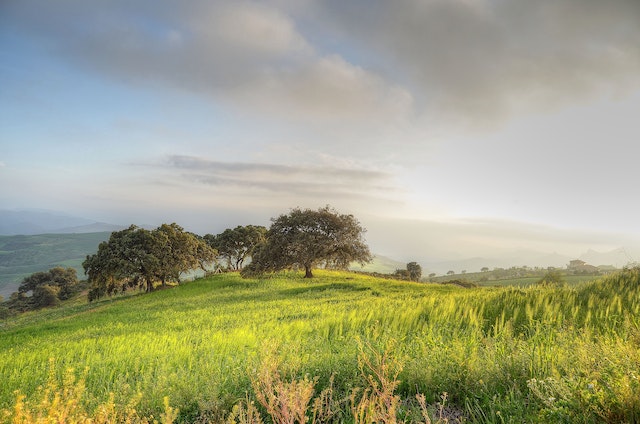Home » News » 2024 » June
News Brief
June 24, 2024 |
By: Deborah Van Fleet - Public News Service
Friday deadline for 2024 USDA grassland conservation program

By Deborah Van Fleet - Public News Service
Farm producers and landowners have until the end of this week to apply for the U.S. Department of Agriculture Farm Service Agency's Grasslands Conservation Reserve Program.
More than 2 million acres of Nebraska land are enrolled in one of three CRP programs, nearly three-fourths of it in grassland. It is unique among the CRP programs because landowners are allowed to continue using the land for grazing or haying.
Zach Ducheneaux, administrator of the Farm Service Agency, called the program "the essence" of the USDA's working lands conservation initiative. He said grazing on CRP land often involves more "hands on" practices.
"That are really aimed at enhancing soil health through the use of livestock in a way that will eventually lead to increased productivity, and producers will see more biodiversity," Ducheneaux explained. "They'll end up seeing better production from the land for their livestock."
Since 1985, landowners have voluntarily taken acres out of production through the Conservation Reserve Programs. They receive a rental payment in return, currently a minimum of around $13 an acre. Environmental benefits include preserving and enhancing the soil, promoting carbon sequestration and protecting wildlife habitat and diversity.
The deadline for 2024 applications is June 28.
Nebraska landowners added more than 400,000 new acres to the program last year, second only to Colorado.
Ducheneaux noted most land suitable for grazing is appropriate for the program but it must meet an "environmental benefit index" threshold to be accepted. In addition to the rental payment, landowners can receive financial assistance to improve their land.
"They have access to cost-share dollars that can help them do infrastructure development that maybe makes that land a little more productive," Ducheneaux outlined. "Better fencing, pollinator habitat, perhaps water development, if it's needed."
Ducheneaux stressed a great deal of thought goes into the environmental impact of land use, for example, if a landowner plans to use it for haying.
"Since it's a mechanical harvesting in most cases, it can create a vulnerability in some of the bird habitat," Ducheneaux pointed out. "We try to encourage the haying to happen in a certain way, or after the nesting season, which is set on a state level."
Program enrollment has grown considerably during the Biden-Harris administration, which considers it a major tool for countering the effects of climate change.
![]()






